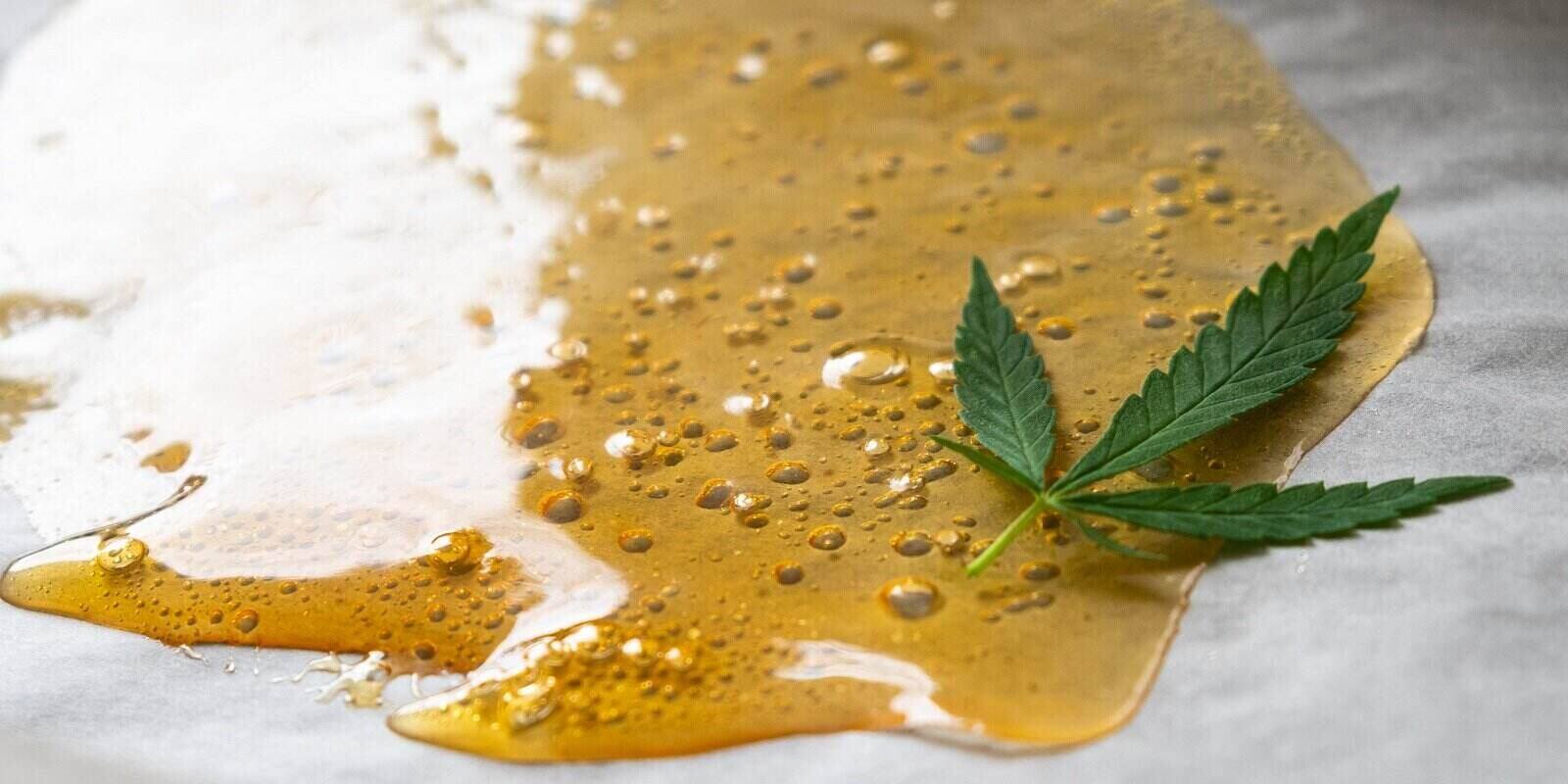Introduction: Understanding THC Wax
THC wax, also known as cannabis wax or marijuana wax, is a highly potent cannabis concentrate prized for its high THC content and potent effects. Made through a process of extracting THC from marijuana plants, THC wax is popular among cannabis enthusiasts seeking a more intense and efficient way to consume marijuana. In this comprehensive guide, we’ll explore the step-by-step process of making THC wax at home, from selecting the right starting materials to purging and refining the final product.
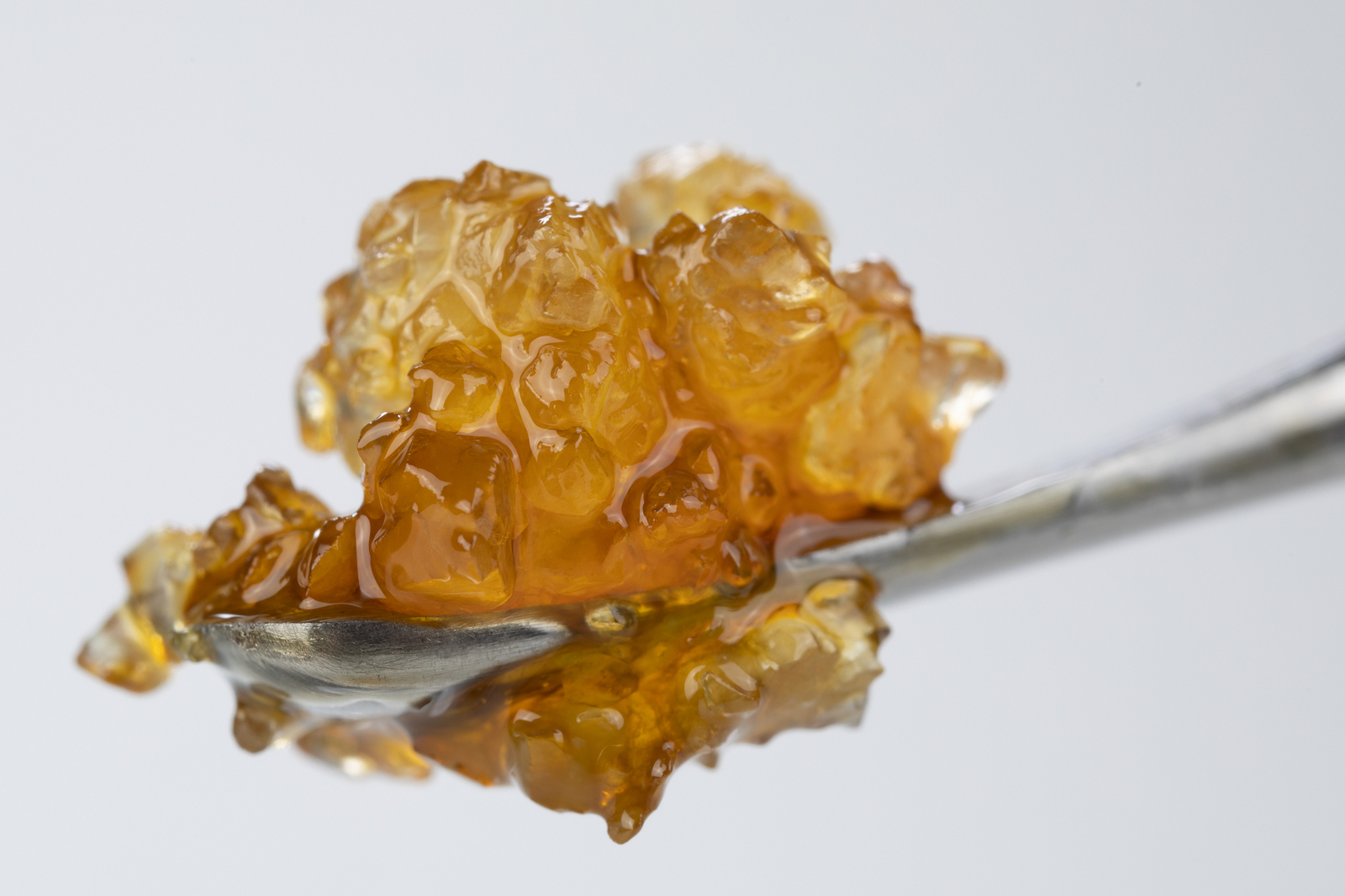
1. Choosing High-Quality Starting Materials
The first step in making THC wax is selecting high-quality starting materials. Opt for fresh, high-grade marijuana flower or trim with a high THC content and desirable terpene profile. The quality of your starting materials will directly impact the potency and flavor of the final product, so choose wisely. Additionally, consider factors such as strain variety, cannabinoid profile, and desired effects when selecting your starting materials.
2. Grinding and Decarboxylating the Cannabis
Once you’ve chosen your starting materials, it’s time to prepare them for extraction. Start by grinding the marijuana flower or trim into a fine consistency using a grinder or food processor. This step helps increase the surface area of the cannabis, making it easier to extract THC during the next steps. After grinding, decarboxylate the cannabis by spreading it evenly on a baking sheet and baking it in the oven at around 240°F (116°C) for 30-40 minutes. Decarboxylation activates the THC in the cannabis, making it psychoactive when ingested.
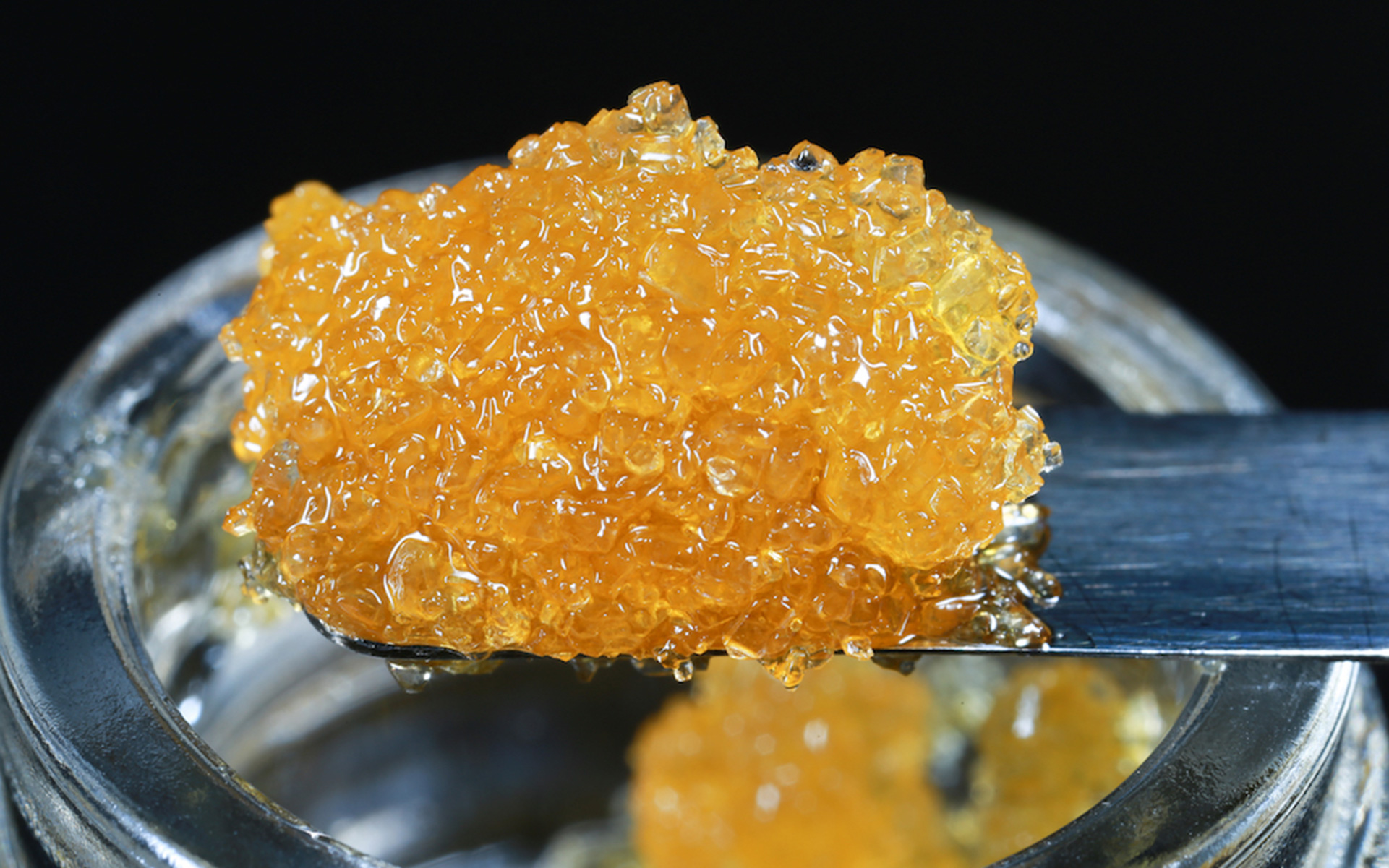
3. Extracting THC Using a Solvent
The next step in making THC wax is extracting the THC from the decarboxylated cannabis using a solvent. Popular solvents for cannabis extraction include butane, propane, and ethanol. Each solvent has its pros and cons, so choose one that suits your preferences and safety considerations. To perform the extraction, place the decarboxylated cannabis in a glass or stainless steel extraction tube and pass the solvent through it. The solvent will dissolve the THC and other cannabinoids, creating a liquid mixture known as crude oil.
4. Purging the Crude Oil
After extracting the THC, it’s essential to purge the crude oil to remove any residual solvent and impurities. This process ensures that the final THC wax is safe for consumption and free of harmful contaminants. To purge the crude oil, transfer it to a heat-safe container such as a Pyrex dish and place it in a well-ventilated area. Apply gentle heat using a heat source such as a hot water bath or heat mat, being careful not to exceed temperatures that could degrade the cannabinoids or cause combustion.
5. Winterizing the Extract
Once the crude oil has been purged, you may choose to further refine it through a process called winterization. Winterization involves dissolving the crude oil in a cold solvent such as ethanol and freezing it overnight. This step helps separate the lipids, waxes, and other impurities from the THC, resulting in a cleaner and more potent final product. After freezing, filter the mixture through a fine mesh or paper filter to remove the precipitated impurities, leaving behind a purified THC extract.
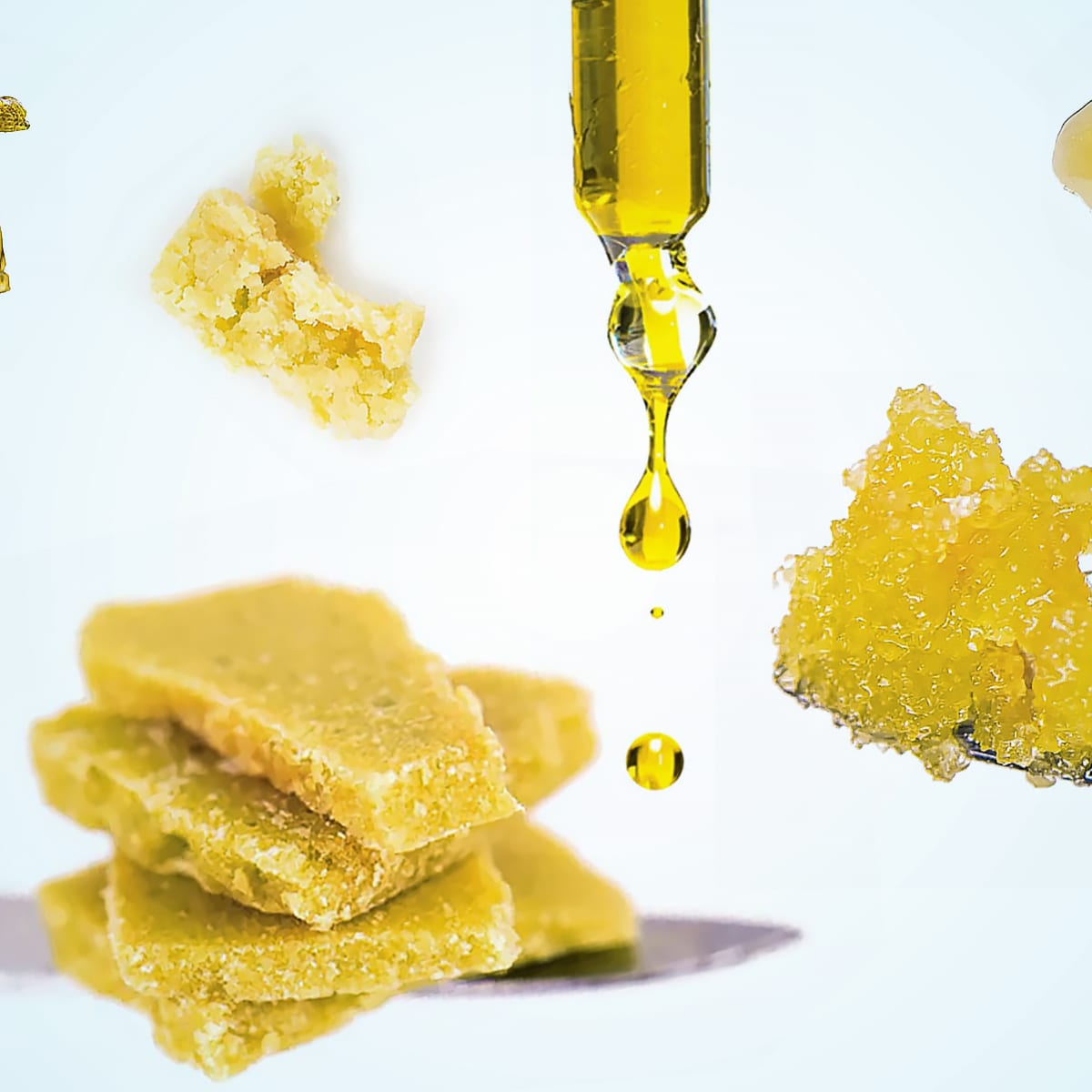
6. Purging and Drying the Refined Extract
After winterization, it’s time to purge the refined extract once again to remove any remaining solvent and moisture. Transfer the purified THC extract to a clean Pyrex dish and apply gentle heat to evaporate the solvent and water content. Use a vacuum chamber or vacuum oven to speed up the purging process while maintaining precise temperature control. Purge the extract until it reaches a stable consistency and no longer bubbles or sizzles, indicating that all solvent and moisture have been removed.
7. Forming the THC Wax
Once the extract has been purged and dried, it will transform into a thick, viscous substance with a wax-like consistency. This is your final THC wax product, ready for consumption. Use a dab tool or silicone container to collect and store the wax, taking care to handle it with clean, dry hands to prevent contamination. Depending on your preferences, you can further manipulate the wax by whipping, molding, or shaping it into different forms before use.
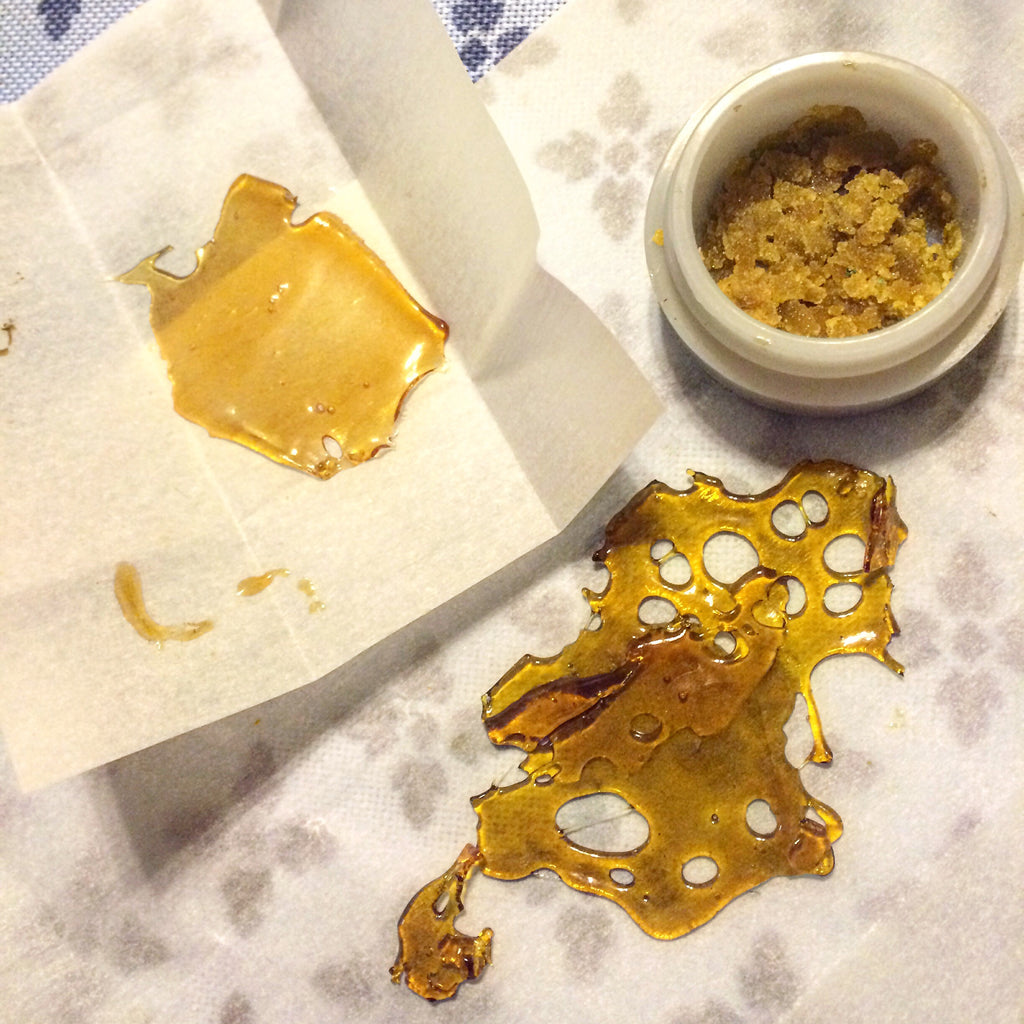
8. Storing and Enjoying Your THC Wax
To preserve the potency and flavor of your THC wax, store it in an airtight container away from heat, light, and moisture. Proper storage conditions will help prevent degradation and maintain the quality of the wax over time. When it comes time to enjoy your THC wax, use a dab rig, vaporizer, or dab pen to vaporize and inhale the concentrated vapor. Start with a small amount and gradually increase your dosage as needed to achieve your desired effects.
9. Safety Considerations
Throughout the THC wax-making process, it’s crucial to prioritize safety to avoid accidents and minimize health risks. Here are some essential safety considerations to keep in mind:
- Ventilation: Always perform solvent-based extractions in a well-ventilated area to prevent the buildup of flammable vapors. Avoid working near open flames or sources of ignition, as solvents like butane and propane are highly flammable.
- Personal Protective Equipment (PPE): Wear appropriate PPE, including safety goggles, gloves, and a lab coat or apron, to protect yourself from potential chemical splashes or spills. Long sleeves and closed-toe shoes can also provide an extra layer of protection.
- Fire Safety: Have a fire extinguisher and a safety plan in place in case of emergencies. Never smoke or use electronic devices that could generate sparks or heat near flammable solvents.
- Storage and Handling: Store solvents and extracted materials in a secure location away from children, pets, and flammable materials. Use caution when handling hot surfaces or equipment during the purging process to avoid burns or injuries.
10. Legal Considerations
Before attempting to make THC wax at home, familiarize yourself with the laws and regulations governing cannabis cultivation, extraction, and consumption in your area. In many jurisdictions, the production of THC wax may be subject to strict regulations or even prohibited entirely. Be sure to research local laws and consult legal experts or regulatory authorities if you have any questions or concerns.
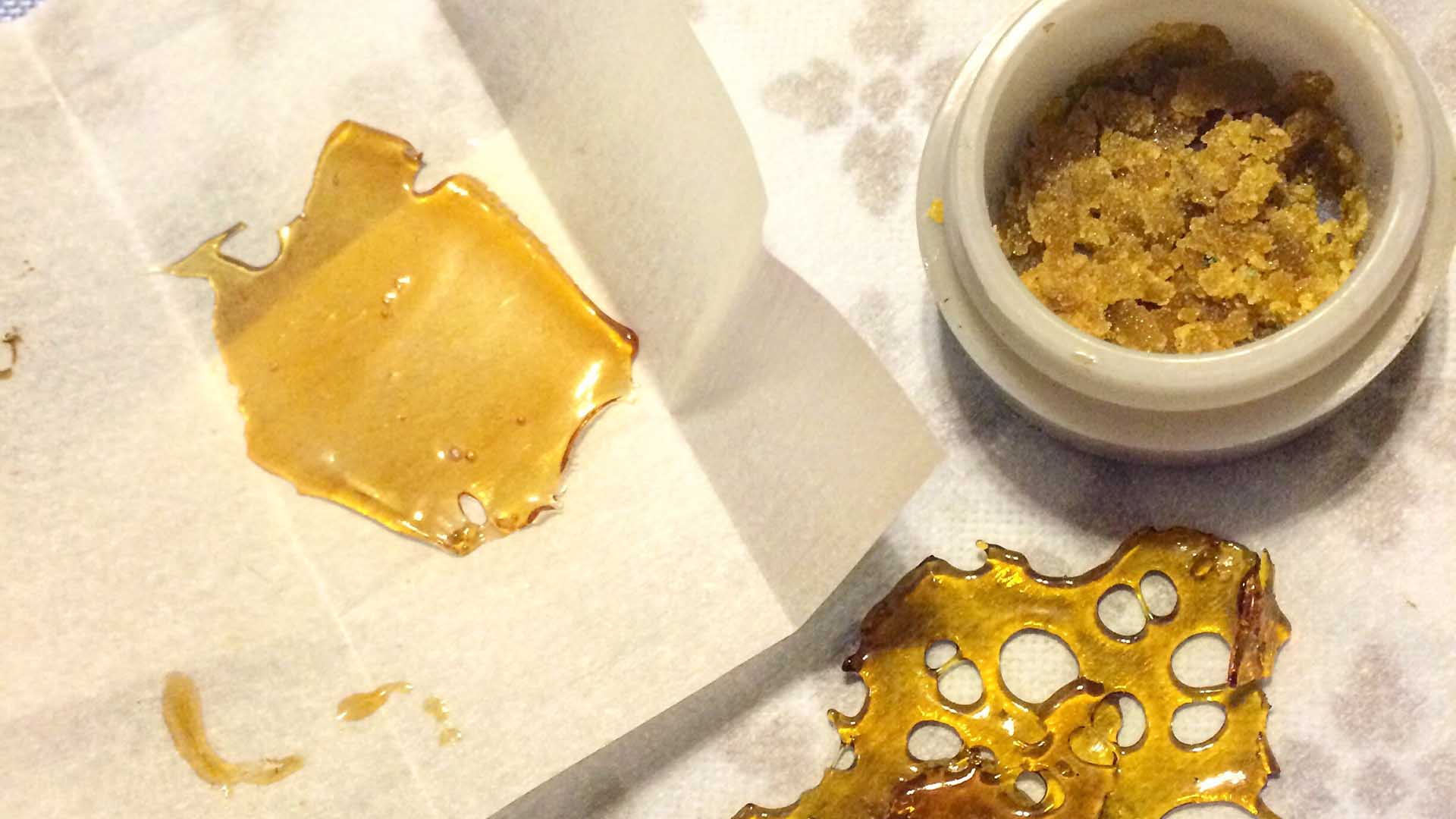
Conclusion: Mastering the Art of Making THC Wax
Making THC wax at home requires patience, precision, and a thorough understanding of the extraction process. By following this step-by-step guide and using high-quality starting materials, you can create potent and flavorful THC wax that rivals commercial products. Experiment with different strains, extraction methods, and refining techniques to tailor your THC wax to your preferences and enjoy the full spectrum of effects that cannabis has to offer. With practice and attention to detail, you can become a master of making THC wax and elevate your cannabis experience to new heights.





